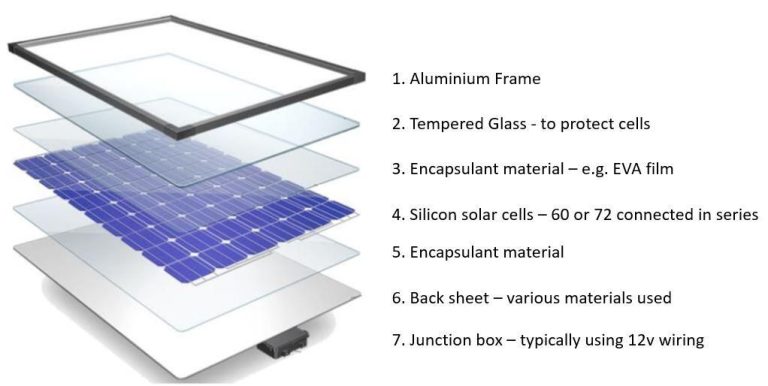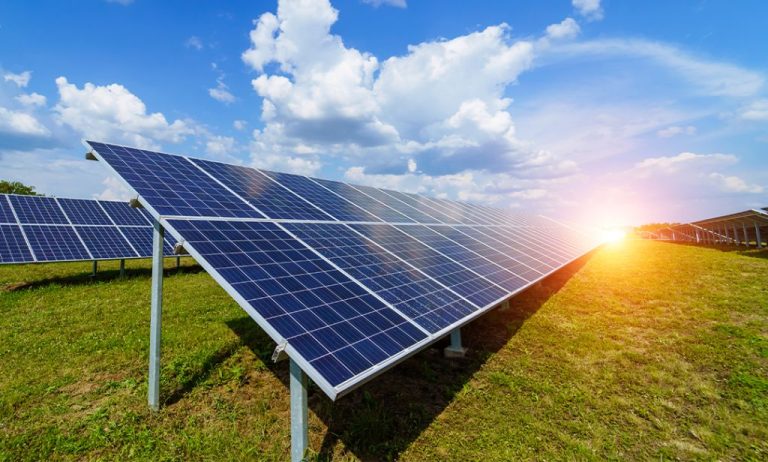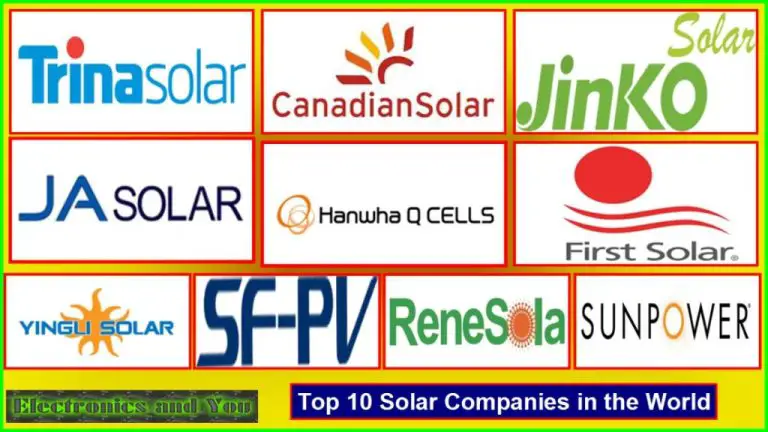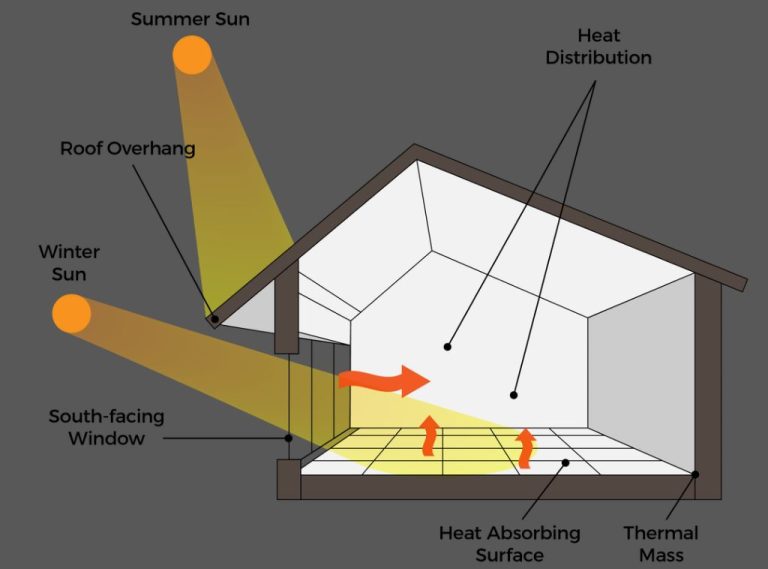The Evolution Of Solar Energy Technology: What’S New?
Solar energy has come a long way in the past few decades. Since its early beginnings powering small devices like calculators and watches, solar technology has expanded into a global industry providing renewable electricity around the world. The basic principle of converting sunlight into energy has remained the same, but the technology and applications have evolved tremendously.
Early solar panels dating back to the 1950s were only able to convert sunlight into electricity with an efficiency of less than 5%. Fast forward to today, and solar panels on the market now achieve anywhere from 15-22% efficiency on average. Solar farms and rooftop solar installations are commonplace, providing clean power to homes, businesses, and utility grids.
Recent years have seen an acceleration in solar technology advancements. From new high-efficiency solar cell designs to innovations in solar thermal systems, there are many exciting developments that promise to further improve solar energy systems. Some key areas where solar technology is rapidly progressing include improved efficiency, flexibility, integration, and large-scale deployments.
Improved Efficiency
One of the biggest innovations in solar technology has been the development of more efficient photovoltaic cells that can convert sunlight into electricity. The very first commercial silicon solar cells in the 1950s had efficiencies of only around 6%. But thanks to advances in materials science and cell design, the most advanced multi-junction solar cells today can reach efficiencies over 40%.
Some of the biggest gains have come from using new materials like perovskites to construct solar cells. Perovskites are inexpensive crystalline materials that are easier to manufacture than silicon but can match and potentially surpass its light absorption abilities. While early perovskite solar cells had instabilities, improvements in recent years have led to perovskite-silicon tandem cells with recorded efficiencies over 25%. With more enhancements to stability, perovskites could eventually replace silicon as the dominant PV material and enable continued efficiency gains.
Flexible Solar Panels
Flexible solar panels represent an exciting innovation in solar technology. Made from thin layers of lightweight photovoltaic materials, flexible solar panels can bend and curve to fit a variety of surfaces and applications.
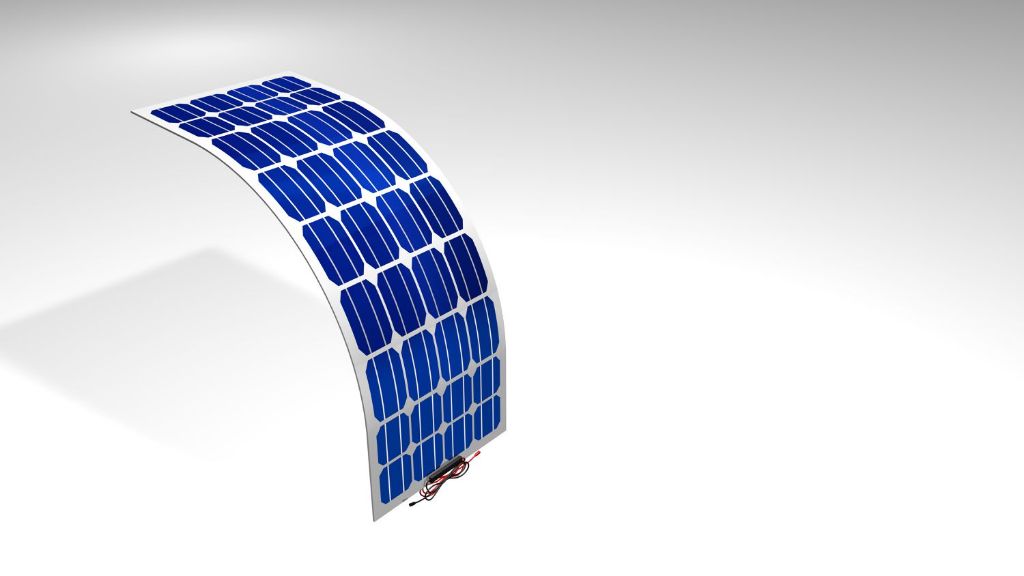
Some of the key benefits of flexible solar panels include:
- Can conform to curved surfaces like car roofs, tents, and rounded structures
- Weigh less than traditional rigid panels
- Easier to install, transport, and store
- More versatile for incorporating solar into buildings, vehicles, clothing, and consumer devices
Advancements in organic photovoltaics and thin-film technologies are driving improvements in flexible solar. Organic solar cells based on carbon materials and polymers can be printed or sprayed onto flexible plastic substrates. Thin-film solar uses ultra-thin layers of photovoltaic materials like copper indium gallium selenide to create lightweight, flexible solar sheets.
As research continues, flexible solar efficiencies and durability will increase. This will open up new possibilities for deploying solar in curved surfaces on houses, folding solar chargers, solar-integrated clothing, and other innovative applications. Flexible solar represents an exciting frontier in making solar integration more versatile, affordable, and widespread.
Solar Windows
Solar windows represent an exciting innovation in building-integrated photovoltaics. These windows have solar cells embedded into the glass that allow sunlight to pass through while also generating electricity.
This electricity can be used to power the building, reducing its energy costs. Because the solar cells are embedded in window glass, solar windows do not require any external solar panel installations.
Solar windows provide all the same benefits of standard windows in terms of natural light and views. However, they also turn windows into energy producers rather than just passive elements of a building.
In addition to generating clean electricity, solar windows have energy efficiency advantages. The embedded solar cells help insulate the window, reducing heat loss in winter and heat gain in summer. This improves the insulation value and can reduce HVAC costs.
Solar windows represent an easy way to add renewable energy generation and efficiency upgrades to existing and new buildings. As the technology continues advancing, solar windows have the potential to transform our building infrastructure and energy use.
Solar Roof Shingles
Integrating solar technology into roofing materials is an innovative approach to harnessing solar energy for homes and buildings. Companies like Tesla have developed attractive solar roof tiles that look like conventional shingles but contain integrated solar cells.
Tesla’s solar roof tiles, made of tempered glass, come in various styles that closely resemble asphalt or slate shingles. The solar cells are seamlessly integrated into the tiles, allowing the roofs to convert sunlight into electricity while still maintaining a traditional roof aesthetic.
Solar roof tiles install just like regular shingles, slotting together and forming a weather-tight seal. The tiles connect to each other via cables hidden within the roof decking, which transfer the generated electricity down to an inverter and the home’s electrical panel.
Tesla claims its solar glass roof tiles are more durable than asphalt shingles and provide comparable insulation. They offer the convenience of having both a roof and solar power generation in one seamless system. As solar cell technology continues improving, integrating it into roofing materials could become increasingly common in new building construction.
Solar Thermal Technology
Solar thermal systems harness the sun’s energy to provide hot water and space heating for residential and commercial buildings. Some common types of solar thermal collectors include:
- Parabolic troughs – Long, curved mirrors that concentrate sunlight onto a receiver tube running along the focal point. The heated fluid in the tube can then be used to produce steam and generate electricity.
- Solar towers – An array of flat mirrors (heliostats) that focus sunlight onto a central receiver tower. The concentrated heat is transferred to a heat transfer fluid that generates steam.
- Solar water heating systems – Solar collectors consisting of glass and tubes containing a liquid or air that absorbs heat from the sun. This heat energy is transferred to water in a storage tank.
- Solar space heating systems – Uses solar collectors and a distribution system to heat spaces inside a building. Can be passive systems, active systems or combination systems.
Solar thermal technology provides renewable, clean energy for water and space heating applications. The systems work even on cloudy days and in colder temperatures. Solar thermal adoption continues to grow globally as the technology improves and costs decline.
Concentrated Solar Power
Concentrated solar power (CSP) systems use mirrors or lenses to concentrate sunlight onto a receiver, generating high temperatures that can used to produce electricity. CSP allows for the storage of solar energy as heat, which enables electricity generation even when the sun isn’t shining. Recent advances in CSP technology have focused on improved tracking systems to concentrate sunlight and thermal energy storage.
Tracking systems utilize computer-controlled mirrors or lenses to follow the sun throughout the day. The improved accuracy of dual-axis tracking systems helps concentrate sunlight more precisely onto a receiver, increasing efficiency. Meanwhile, new thermal energy storage technologies like molten salt storage allow CSP plants to store heat for hours or even days. Stored thermal energy can generate electricity on demand, including during peak hours and overnight. With storage, CSP provides a renewable, dispatchable energy source.
Floating Solar Farms
Floating photovoltaic (PV) systems have emerged as an innovative approach to solar energy. As the name suggests, these systems float on water bodies such as reservoirs, lakes, and ponds. Floating solar farms are becoming increasingly popular as they offer certain advantages over conventional ground-mounted systems.
Installing solar panels on water eliminates the need for valuable land area. Solar energy generation can co-exist with other water activities such as fishing, recreation and wildlife habitats. Floating solar PV systems are easier to maintain and clean since the panels are directly accessible from the water. The water body below the solar panels helps keep the panel temperature regulated, improving solar cell efficiency and energy output. Studies show that floating solar systems can generate around 10% more electricity than land-based counterparts.
Countries like China, Japan, South Korea and India have heavily invested in floating solar farms. One of the largest systems is located in Huainan, China with a capacity of 150 megawatts. With the immense potential of floating solar, we can expect more innovation and cost reductions as the technology continues to mature.
Solar + Storage
Pairing solar panels with battery storage is a major trend in recent years. By adding batteries and storage, solar energy can be captured and stored for use anytime – day or night. This enables homes and businesses to run on solar energy around the clock.
Lithium-ion batteries have become the preferred storage technology for solar systems. Prices have fallen dramatically, making solar + storage more affordable. New smart inverters and software also optimize solar storage systems.
Home batteries like the Tesla Powerwall allow excess solar power generated during the day to be stored and used at night. This gives homeowners energy independence and resilience. Businesses are also adding solar + storage to cut energy costs and provide emergency backup power.
Large-scale energy storage projects work similarly for utilities and grids. Grid-scale batteries can store massive amounts of solar energy to help stabilize and integrate renewable power. Solar + storage brings us closer to 100% renewable electricity.
Future Outlook
The future is bright for solar energy. Solar is the fastest growing renewable energy source worldwide. Total global solar generation capacity is projected to reach over 2700 gigawatts by 2027, a 200% increase from 2022 levels. This incredible growth is driven by rapidly declining costs and supportive government policies aimed at decarbonization.
Several innovations on the horizon could further accelerate solar adoption. Perovskite solar cells are a promising new technology that are inexpensive to manufacture and can be printed on flexible substrates. Perovskites have the potential to push solar cell efficiency theoretical limits beyond 30%. Automated solar tracking systems could increase energy yield by 20-30% by tilting panels to follow the sun. New solar thermal technologies like solar chemical, thermovoltaic, and thermophotovoltaic systems could unlock higher efficiencies by converting heat directly into electricity.
With continued decline in storage costs, solar+storage systems will become increasingly commonplace. This will allow solar power to be dispatched on demand, overcoming intermittency concerns. Floating solar farms on bodies of water will reduce land usage constraints. With so many advancements still to come, solar energy is poised to become the dominant source of energy worldwide this century.

